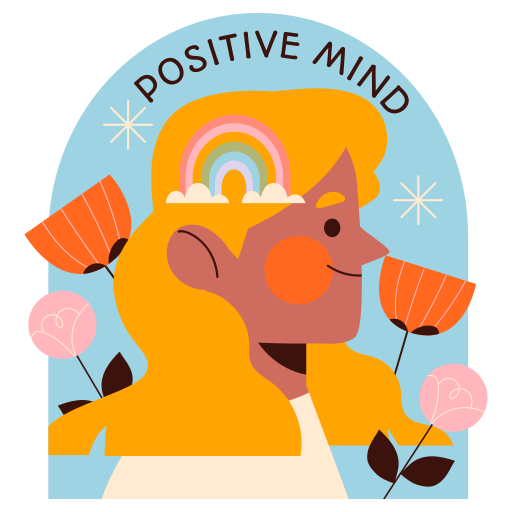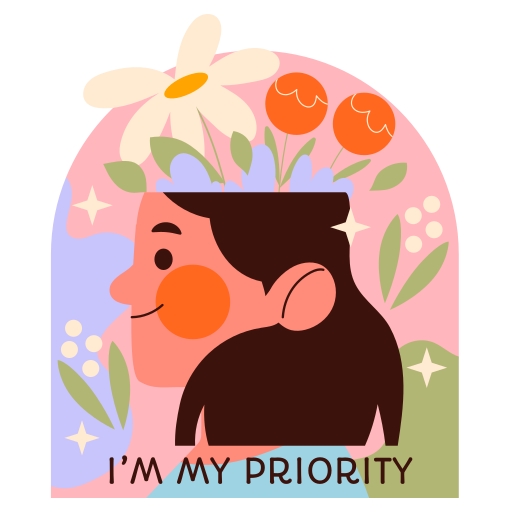Mastering the art of expressing upset without explicitly stating it can be a powerful tool in navigating complex interpersonal interactions. By utilizing nonverbal cues and strategic hinting techniques, individuals can convey their emotions without resorting to direct confrontation. However, hinting at upset feelings also comes with its challenges, such as potential misunderstandings and unresolved issues. In the following discussion, we will explore six effective ways to communicate feelings of upset without explicitly saying them, providing valuable insights into the nuances of nonverbal communication and the importance of addressing emotions in a constructive manner.
Utilize Nonverbal Cues
Utilizing nonverbal cues can be a powerful and effective way to express upset feelings without using words. Interpreting gestures and emotions is key in nonverbal communication effectiveness. Body language, facial expressions, and tone of voice can convey a range of emotions, including frustration or disappointment. Small gestures like eye rolls or sighs can subtly communicate feelings of discontent. By paying attention to these cues, individuals can express their upset without direct confrontation. This approach often leads to open and honest conversations as it initiates a dialogue based on observed nonverbal signals. Understanding the nuances of nonverbal communication can help in addressing underlying issues and fostering mutual understanding in relationships.
Practice Direct Communication Skills
When navigating situations where nonverbal cues may not suffice, developing and honing direct communication skills becomes essential in effectively expressing upset feelings without the need for words. To build confidence in direct communication, practice using "I" statements and providing specific examples to articulate your feelings clearly. Overcoming the fear of confrontation or hurting someone's feelings can be challenging but scheduling conversations in advance can lead to better outcomes. By being direct yet respectful, you pave the way for open and honest dialogues that can prevent misunderstandings and foster mutual understanding. Remember, direct communication is a powerful tool for addressing issues promptly and effectively, ultimately strengthening relationships and promoting emotional well-being.
Recognize Drawbacks of Hinting
Recognizing the drawbacks of hinting at upset feelings is essential for fostering clear and effective communication in relationships. While hinting may initially seem like a subtle way to address emotions, it can lead to miscommunication, unmet needs, and built-up resentment. By only hinting at problems, there is a risk of lacking resolution and mutual understanding. Healthy communication involves directly addressing emotions to ensure both parties are on the same page. It is crucial to explore ways to address feelings openly and honestly, rather than relying on indirect hints that may not effectively convey the depth of one's emotions. By acknowledging the limitations of hinting, individuals can work towards more constructive and fulfilling interactions.
Employ Strategic Hinting Techniques
To effectively employ strategic hinting techniques, individuals can tactfully utilize nonverbal cues and subtle communication methods to address underlying emotions without direct confrontation.
- Subtle hints: Drop subtle clues to convey your feelings indirectly.
- Strategic communication: Plan when and how to drop hints strategically.
- Contextual cues: Use situational context to hint at your feelings.
- Body language: Leverage your body language to subtly express your emotions.
- Tone modulation: Adjust your tone to hint at your displeasure without overtly stating it.
Subtly Convey Upset Feelings

Effectively conveying upset feelings in a subtle manner requires a nuanced approach that combines nonverbal cues and strategic communication techniques. Body language cues, such as crossed arms or avoiding eye contact, can subtly indicate displeasure without direct confrontation. Additionally, inflection hints, like a slightly lowered tone or a sigh, can convey frustration or disappointment in a conversation. These subtle signals can help initiate a dialogue about emotions without explicitly stating them, allowing for a more gentle approach to addressing concerns. By being mindful of both body language cues and inflection hints, individuals can navigate difficult emotions with tact and sensitivity, fostering open and honest communication in relationships.
Navigate Through Disappointment
In navigating through disappointment, it is essential to address the emotions constructively and facilitate open communication for resolution. Disappointment can be challenging to handle, but with the right coping mechanisms and emotional resilience, it can lead to personal growth and stronger relationships. Conflict resolution skills and emotional intelligence play a crucial role in navigating through disappointment effectively. Here are some key points to consider:
- Acknowledge your feelings and allow yourself to experience them fully.
- Communicate openly with the person involved to understand their perspective.
- Practice empathy and try to see the situation from the other person's point of view.
- Find constructive ways to resolve the issue and prevent similar disappointments in the future.
- Focus on learning from the experience and using it to improve your emotional resilience and conflict resolution skills.
Frequently Asked Questions
How Can Cultural Differences Impact the Effectiveness of Nonverbal Cues in Expressing Upset?
How do cultural differences influence nonverbal cues' efficacy in expressing upset? Varied interpretations of gestures and expressions may lead to genuine misunderstandings. Understanding cultural nuances fosters empathy, enhances communication effectiveness, and aids in conflict resolution, mitigating disappointment through respectful dialogue.
Are There Specific Scenarios Where Hinting at Upset Feelings May Be More Appropriate Than Directly Communicating Them?
In certain sensitive situations, hinting at upset feelings can be appropriate when aiming to subtly address behavior without direct confrontation. Understanding body language, emotions, tone, and context are essential for effective communication.
What Are Some Common Misconceptions About Using Passive-Aggressive Hints to Convey Displeasure?
Ineffective communication strategies often lead to misunderstandings. Passive-aggressive hints can create tension and erode trust. Direct confrontation, rooted in emotional intelligence, fosters clarity and resolution. Misconceptions about hinting hinder genuine connections and conflict resolution.
How Can Someone Differentiate Between Subtle Hints and Genuine Misunderstandings in a Conversation About Upset Feelings?
Recognizing cues in conversations about upset feelings involves attentiveness to nonverbal signals and tone. Misinterpretation risk is high when subtle hints are mistaken for misunderstandings. Clarify intentions promptly to foster mutual understanding and avoid unnecessary conflict.
What Role Does Empathy Play in Successfully Navigating Through Disappointment and Resolving Conflicts With Others?
Empathy is the cornerstone of conflict resolution. Understanding others' emotions through nonverbal cues fosters mutual respect. By acknowledging feelings and engaging in open dialogue, conflicts can be resolved effectively, leading to stronger relationships.

















